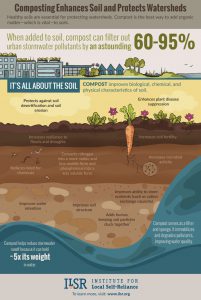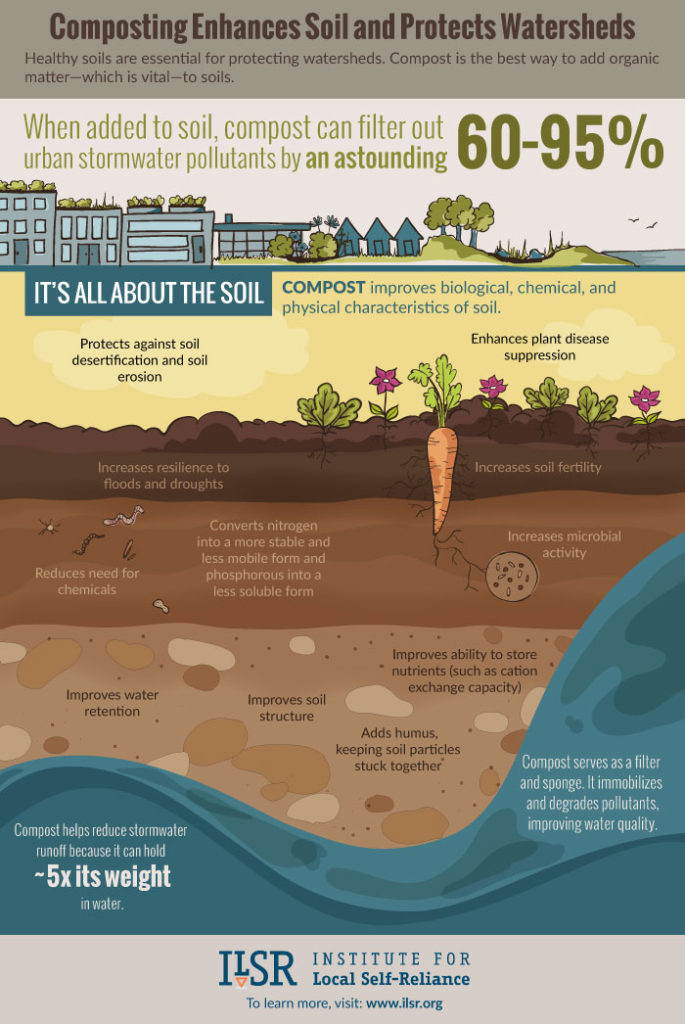For my final project, I went to Clarke Central High School to do a joined study about antibiotic resistance with a class of AP Environmental Science students. Before we went to Clarke Central, we first had to run our own experiments back in the UGA lab. Our class was split up into teams of 2 to 3 people, and each team collected a soil sample from either somewhere in Athens or somewhere in the state of Georgia. What we aimed to do was test the antibiotic resistance of different soil samples from around the state and upload our results to a national database: the PARE site (Prevalence of Antibiotic Resistance in the Environment). Once we collected the soil samples, we took our teams to the lab. We diluted our soil samples and plated them on petri dishes with varying levels of antibiotics. After letting our dishes sit for a period of time, we counted how many bacteria colonies had formed from the soil on each petri dish. What we expected to find was that there would be less bacteria colonies on the plate with Tet30, the strongest antibiotic, than there would be on the plates with Tet3 and no antibiotic.
Once we had our incubated petri dishes, we were told to count colonies of plates that had between 30 to 300 colonies. Once we had chosen the best plates for counting, we would multiply our number of colonies by the dilution factor. The purpose of multiplying by the dilution factor is to account for the fact that we had varying levels of dilutions for our soil samples. Once we had the results of our teams’ soil samples and a couple samples from the AP Environmental Science students, we were ready to take this same experiment to Clarke Central. This research is similar to research I hope to do in the future because I am in the College of Education at UGA, and I hope to integrate my research with neighboring schools in order to understand what it is like to conduct a classroom experiment. While I am on track to be a speech pathologist, I still look forward to partnering with professors in the COE for future research projects.
I think that this first lesson we did in the classroom (Water, Antibiotics, and Evolution) will ultimately be the chapters I best understand from this semester. This is because I like to participate in lessons as opposed to listening to lectures (though I still find lectures necessary). We not only had the opportunity to be in the lab to learn about how antibiotic resistance is affecting our environment, but we also had the opportunity to take a field trip to teach other students about this same subject material. This is how I best gained information about antibiotic resistance. The lectures in class, quizzes online, and lab work combined with the field trip really helped me get a good understanding of the material. Preparing to help the high school students was a helpful experience because we wanted to make sure that our class time with them was not only informative, but fun as well.
In my opinion, our team of college students who traveled to Clarke Central did a great job incorporating the three characteristics to informative delivery. Our class time with them was intellectually stimulating not because of anything we could control, but simply because the students had the opportunity to see how the soil in their own environment tested in a university lab. Antibiotic resistance is an important issue and has been a topic of conversation and debate recently, so I believe that this also contributed to our project being not only intellectually stimulating, but relevant to the audience as well. I also believe our project was creative because when I was in high school, I never got the opportunity to work alongside college students in any of my science lab classes. This opportunity was such a fun way to talk about biology while also talking to prospective college students about what college is like. I found a lot of my conversation were geared towards explaining what it was like to actually be in the university lab. It was also a nice way to answer any questions and calm any fears or anxieties that these high school students had about going off to college someday.
I discovered a couple of things throughout this project. First, I realized that I am capable of connection. I was worried that I was not going to be able to “get through” to the high school students during our presentation due to the fear of being too awkward and unapproachable. However, after our time with them I realized that these were just lies I was telling myself. This project helped me cast out those lies and replace them with the truth that I have the ability to relate to others through a teaching environment. This helped me affirm my confidence in what I am studying at UGA. Secondly, I discovered why technology rules are so important. While I believe our time at Clarke Central was fruitful, I believe that if the students were prohibited from using their cell phones, we could have had a better interaction with them. I realized this by simply changing my perspective in the classroom from student to teacher, and I believe this experience was very telling.
We did not have much time to analyze our audience before we began our presentation, but before we began, we did get to observe them doing a “warm-up” AP test question. It was during this time that I was able to gauge just how intelligent these students were. They knew a lot more than I did about environmental science, so I was able to apply this knowledge to our lesson. I knew immediately that we could not limit these students’ capabilities simply because of their age. This proved to aid our presentation because while we were helping the students learn, they were also teaching us in turn. I will use this information in the future when I give presentations. Though it can be difficult, I believe it is important not to make assumptions about your audience preemptively. I look forward to giving interactive presentations where I not only give information, but I take questions and suggestions from my audience as well.
For this project, I would have prepared even more for our presentation by planning out a detailed schedule of what we would be doing beforehand. This is because I am a forgetful person who thrives in an organized environment, as I have to reference my own detailed schedules daily.
This project helped me better understand the material because I found it to be more hands-on than other things I had done in science classes before. I also find that the best way to learn subject material is by teaching it. This was a studying method for me in high school, and it was nice to see how this same strategy was effective in college as well. In the future, I hope to use this strategy to help me study. I want to find outlets for me to be able to teach as a form of studying. Also, I will take what I learned about myself during this project experience and apply it to my future in many areas of my life. Knowing that I am capable of what I set my mind to and having confidence in my strengths is a quality that can be applied to not only my student life, but my relational life as well. I believe that I came across in the beginning as somewhat shy. However, as the presentation went on, I think I grew more confident. I hope that in the future I would affirm my confidence before presenting and know that there is nothing I need to be anxious about. Through this project experience, I learned what it looks like to recognize self-deprecating lies and replace them with truths about myself and my capabilities.
I believe this project experience was very effective for me. I really enjoyed learning about antibiotic resistance in a way that was easy to understand. In retrospect, I’m very thankful for this experience because it helped me understand our second chapters about soil and compost better. I believe sustainability is extremely important, so I’m glad I was able to learn more about how soil is a central idea to attaining a healthy environment.





